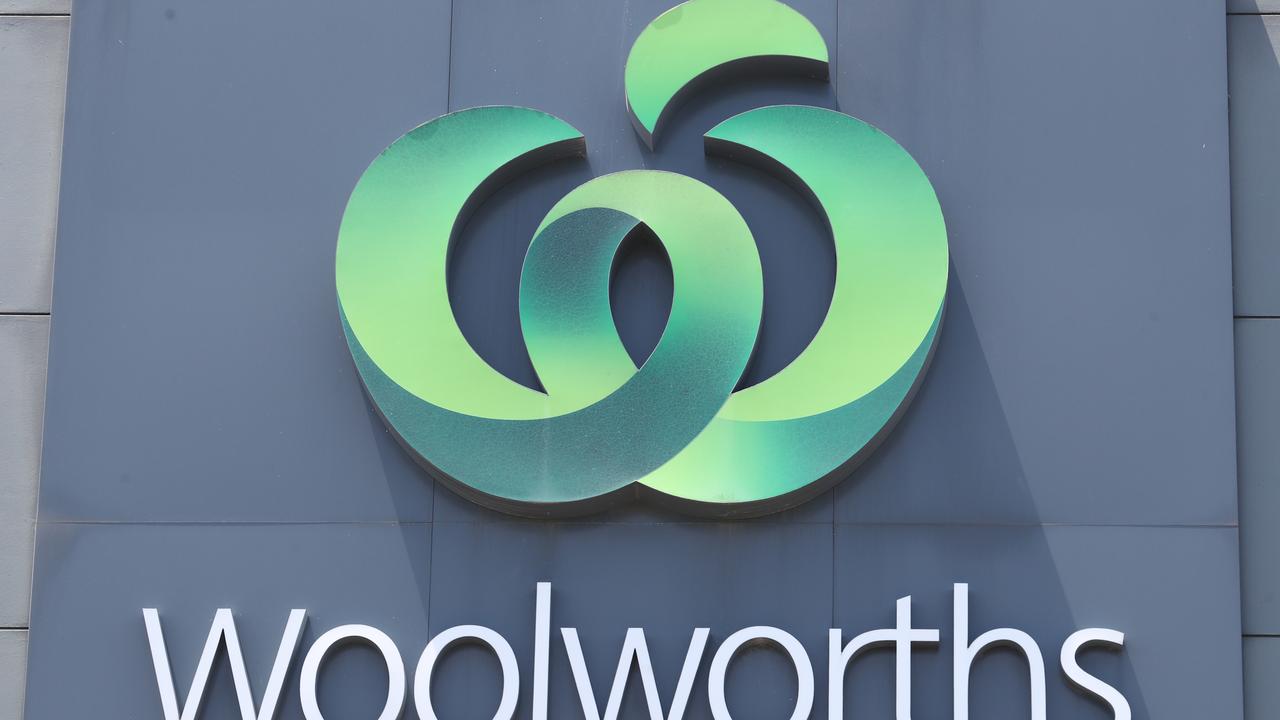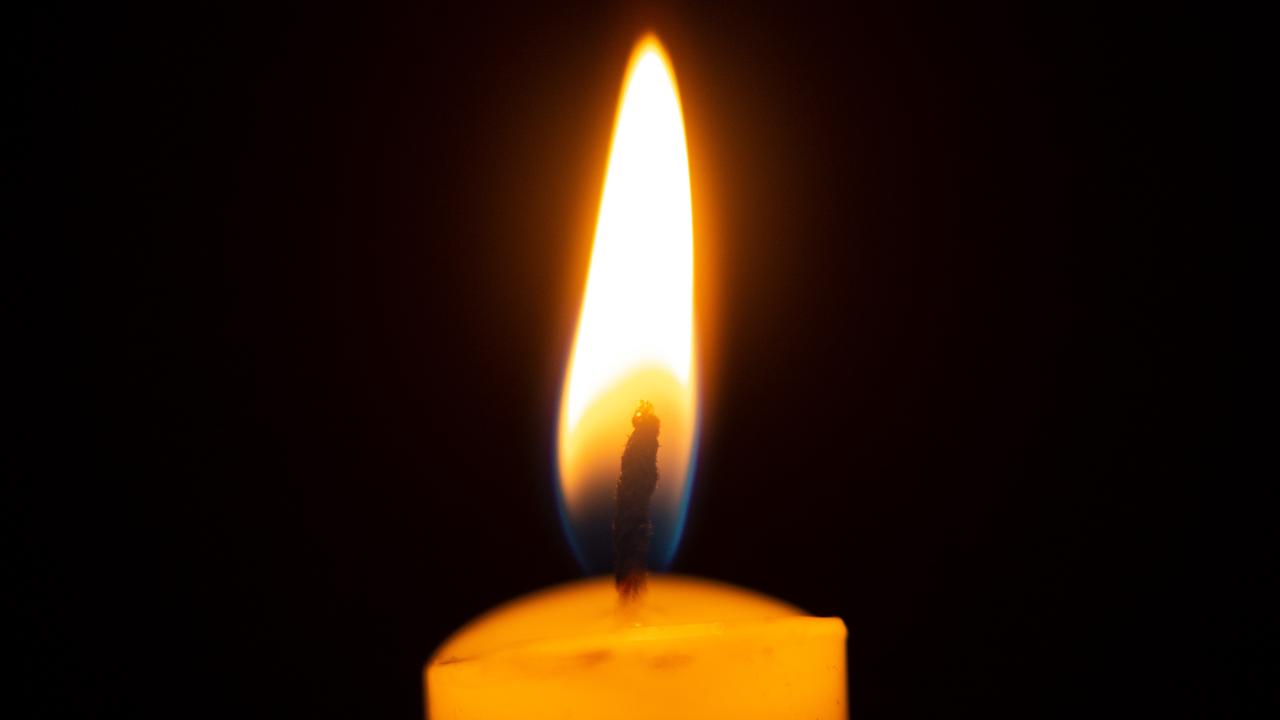Navy search for Australia’s first submarine lost 100 years ago
EXACTLY 100 years after Australia’s first submarine HMAS AE1 disappeared, the Navy has made its first comprehensive search for the boat.
EXACTLY 100 years after Australia’s first submarine — HMAS AE1 — disappeared while chasing the German fleet off New Guinea with the loss of 35 sailors during World War I, the Navy has conducted its first comprehensive search for the boat.
The Mine Hunter Coastal HMAS Yarra and her 45-strong crew spent four days last week scanning the area off the Duke of York Islands near Rabaul in Papua New Guinea trying to solve the nation’s greatest naval mystery.
Today the 100th anniversary will be marked with a memorial service in Rabaul.
WORLD WAR I: How it could have been avoided
100 YEARS OF UNTOLD STORIES: ANZACS to Afghanistan
For the commanding officer of HMAS Yarra, Lieutenant Commander Brendan O’Hara, who hails from Sydney but lives near Canberra with his wife and children Amy 10 and Joe 12, the unsuccessful search was the culmination of 12 months preparation.

The 700-tonne, 50-metre-long vessel (almost identical to AE1) had been tasked to Operation Resolute off Darwin before she returned home to Sydney in July to prepare for the search mission.
“It is very important for Australia’s history and for the families of those who were lost,” Lieutenant Commander O’Hara said. “Now that I have experienced this search I believe it is definitely worth it.
“We have found HMAS Sydney and AE2 and this is the last wreck and it is important and the capability is there to find it.”
Using the ship’s variable depth sonar and remote underwater mine disposal vehicle — fitted with sonar and powerful cameras — the crew scanned an area of about five square kilometres searching every square cm of the “complex” seabed and its myriad of ridges.
“There are a lot of rocks down there,” Lt Commander O’Hara said.

Unfortunately many of the large rocks on the bottom of the volcanic sea resemble a sunken submarine so must be investigated.
The ship also discovered a very strong under current of 2.5 knots that could have carried a sinking submarine into far deeper water. The water depth drops to 500 metres and quickly to 1000-metres which is well outside the Yarra’s search capabilities.
The ship’s sonar is powerful enough to pick up a beer bottle so sonar operator Able Seaman Alex Lebron-Footman from Brisbane keeps his focus on objects that appear unnatural.
“A large vessel like a submarine would be very obvious,” he said.

For descendants of sailors lost of AE1 the search for their final resting place is a deeply personal matter.
In Rabaul for the service David Messenger, from Brisbane, whose great uncle John Messenger from Ballarat served in the engine room of the submarine, said taxpayers should continue to fund the search.
“These men died serving their country and the country should pay to find them,” he said.
“Perhaps the British Government could also contribute.”
Half the AE1’s crew were Royal Navy sailors seconded to the fledgling Royal Australian Navy.
Any future search would need to involve the private sector and very expensive deepwater search equipment like that used to find the Titanic and HMAS Sydney.
Robyn Rosenstrauss, from the Gold Coast, the great niece of tradesman James Flettes who worked alongside Messenger and joined up with him, said it would be great for her family to know where the submarine is and why it was lost.
“It is expensive to keep searching and I am in two minds because today’s troops need the money, but we would like some answers,” she said.
The navy’s director general of submarine capability, Commodore Peter Scott, said the area where AE1 was most likely to be found had been well searched by the Yarra and it was important not to raise expectations.
“It is a complex mystery and we may not resolve it,” he said,
“The likelihood of finding this submarine is low.”

Originally published as Navy search for Australia’s first submarine lost 100 years ago


